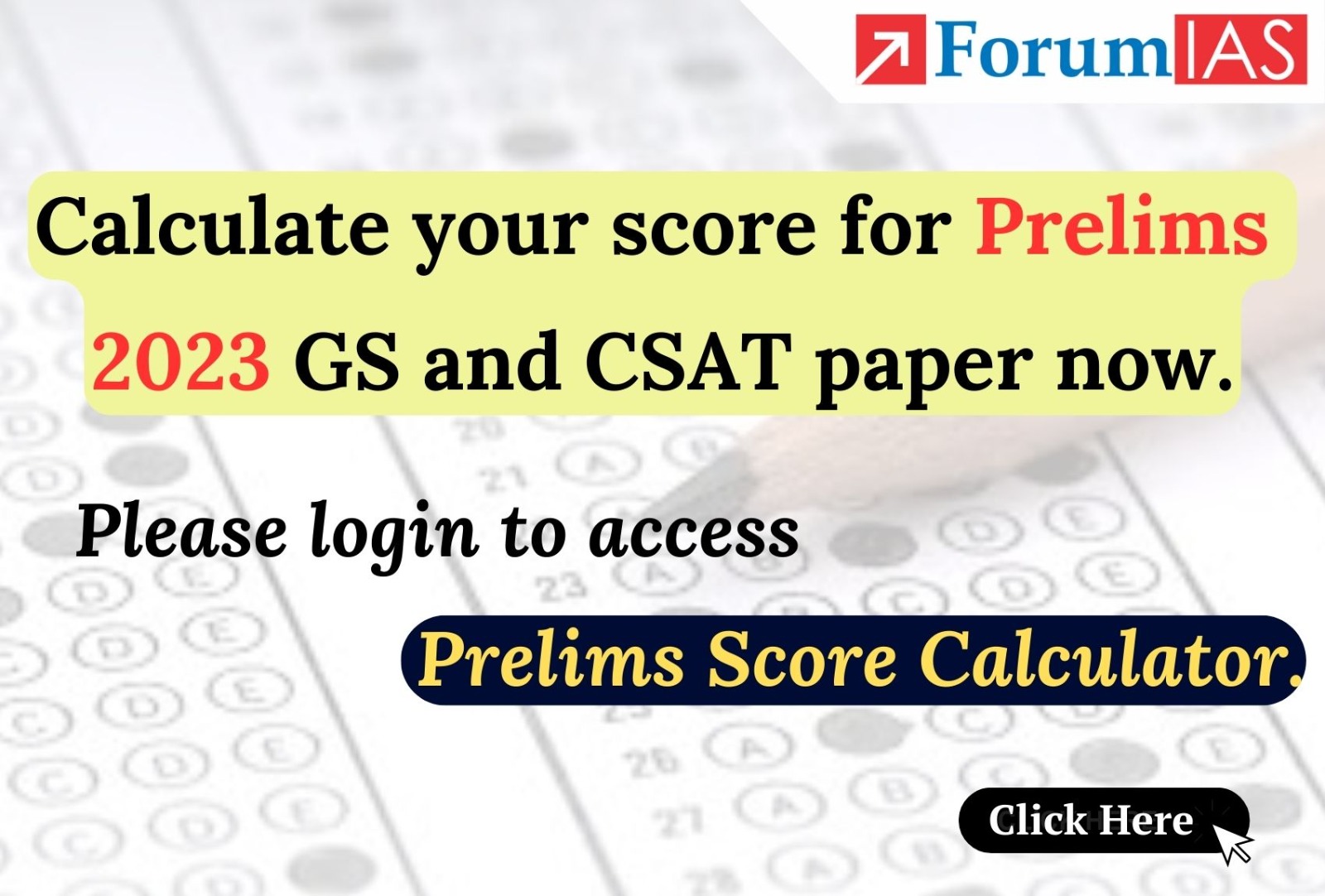If interest #rates in the USA or European Union were to fall, that is likely to induce #RBI to buy dollars.
True or false? Answer in comments with logic...
#ImpossibleTrinity

Solution to #tickleyourgreycells - 7
The question was: Equity markets generally rise with good economic numbers as it means firms’ profits will go up. Why do you think in the news clippings below, markets are falling here after good employment numbers?
@gaurav1agrawal Thank you for Coming back (Superman Returns AGAIN 😁) . Your charisma and popularity is still unmatched. You were the only one who taught us how being an IAS was deeply meaningful as it gave you the ability to deliver JUSTICE. That talk on Forum community meet never fails to inspire me.
If the rupee is rapidly depreciating, RBI is likely to sell dollars in the market. True or false? Answer in comments with logic..
True.
Depreciation of currency for a country may lead to imported inflation
So, RBI will have to sell dollars in market to arrest the depreciation of rupee. So as to strike a balance between the supply of rupee and dollar in the market and stabilise the currency. (via selling forex reserves or boosting NRI deposits)
#tickleyourgreycells - 4
Inflation indexation of wages (meaning if #inflation goes up, wages go up and if inflation goes down, wages go down too at a predefined formula) will lead to demand side inflation or supply side inflation? Answer in comments with logic.
Ans - Supply side inflation
Inflation indexed wages nullify the impact of inflation on wages and thus effectively keep the wages "same". Therefore keeping the demand in check, whereas simultaneouly they may result in increase of cost, leading to "supply side inflation"
Here is the solution to yesterday's #tickleyourgreycells - 2 ...@AzadHindFauz got it spot on!

Solution to #tickleyourgreycells - 9
The question was: Why are banks getting into trouble these days?
#economics #banking #yieldcurve
Instagram link (multiple photos):https://www.instagram.com/p/CqUKY4nPpls/?utm_source=ig_web_copy_link
Banks typically engage in carry trade on the yield curve. Normally longer duration rates are higher than short term rates. This means that the yield curve is upward sloping.
So banks lend for longer duration at higher rates. and finance it by borrowing for a short term at lower rates and earn profits. When the short term borrowing comes up for repayment, they just borrow again for a short term.
The party continued happily until the recent times when due to Fed printing too much money post covid and the Russo-Ukraine war, inflation hit the world with a vengeance. This forced the Fed (and other central banks) to raise the interest rates at breakneck speed.
Now central banks only control short term rates (generally overnight rates) directly. So their actions impact short term rates more than the long term rates. Long term rates are influenced more by inflation expectations. So because of Fed action, the short term rates rose rapidly but the long term rates remained anchored because the inflation expectations remained in control.
And thus the yield curve inverted! This spelled doom for the carry trade. The mother of all trades turned loss making now and banks started bleeding. Naturally the weaker ones are facing the music first.
Inverted yield curve always signals an upcoming recession. The US 2 year-10 year yield curve turned negative to the tune of -1% in March this year! This is why we say there is an inflation - growth tradeoff. This is the pain central banks have to engineer to control #inflation.
True.
Reduction in the US interest rates leads to flight of capital to more attractive destinations like India. Inflow of dollar would lead to appreciation of rupee. To arrest this supply of dollars in the market, RBI buys dollars since ours is a managed-floating type economy.
Thanks a ton, Azad! You rescued us.
Gaurav has more responses on LinkedIn than here, ironically. Or maybe not so ironically!
I am no knight. Do not call me Sir
#tickleyourgreycells4:-
No demand side inflation:-
Suppose a basket of goods which used to cost ₹100,now costs ₹105.And the wages of a person also increases from ₹100 to ₹105.So his net purchasing capacity is same.Hence no increase in demand.
Can lead to supply side inflation:-
As wages are inceeasing,cost of production increases.
#tickleyourgreycells - 6
Checkout the news headlines. Do you think #RBI can do anything about supply side inflation?
RBI largely controls demand side inflation through quantitative measures like rate-cuts. However, in case of supply side inflation, RBI can use its qualitative tools like moral suasion and credit rationing to divert major credit flow to certain stressed sectors like agriculture, infrastructure etc. to boost supply and maintain confidence of investors & public in general.
Solution to#tickleyourgreycells #3
The question was: If the rupee is rapidly depreciating, RBI is likely to buy or sell dollars in the market.

#tickleyourgreycells - 4
Inflation indexation of wages (meaning if #inflation goes up, wages go up and if inflation goes down, wages go down too at a predefined formula) will lead to demand side inflation or supply side inflation? Answer in comments with logic.
1. In case of Inflation: Supply Side Inflation
2. In case of deflation: Supply Side deflation
When the wages are indexed to inflation ; in (p,y) space
AD will remain constant while with the rising wages the AS CURVE WILL SHIFT UPWARD.
THUS NOW THE EQB OCCUR AT HIGHER P AND LESSER Y.
so; it is a cost pushed inflation
Sir; one policy implication will be : cost push inflation decreases the output ; so is it safe to call it is more critical a condition than it would have been in case of demand pull.
Correct me if I thought wrong


 solution 7 employment and stock markets-compressed.pdf
solution 7 employment and stock markets-compressed.pdf









